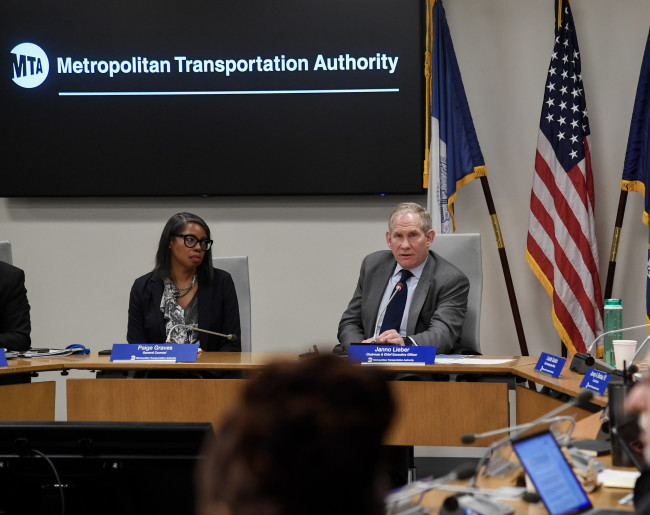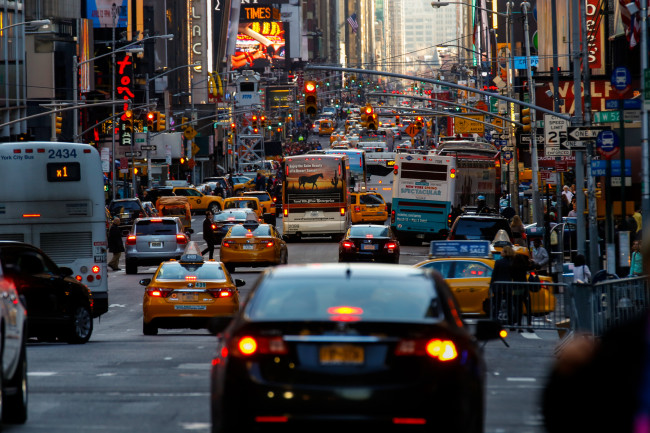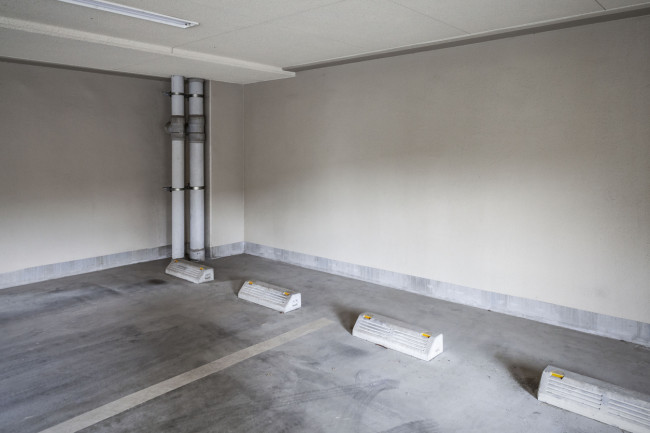Hochul revives Manhattan congestion pricing plan with $9 toll for cars
- The new toll represents a 40 percent reduction from the $15 price the MTA previously approved

Hochul previously put congestion pricing on pause.
Don Pollard/Office of Governor Kathy Hochul
Months after hitting the brakes on congestion pricing in New York City, Governor Kathy Hochul said she was reinstating a lower cost version of the plan with a $9 base toll for passenger cars.
The toll represents a 40 percent reduction from the $15 price that the MTA previously approved for all cars entering Manhattan below 60th Street. Drivers can expect to see the toll start at midnight on January 5th, Hochul said in an announcement today.
“As I said from the start, a $15 toll was just too high in this economic climate. That’s why our plan cuts the daytime toll to $9 for cars,” Governor Hochul said. “By getting congestion pricing underway and fully supporting the MTA capital plan, we’ll unclog our streets, reduce pollution and deliver better public transit for millions of New Yorkers.”
What congestion pricing pays for
The lower cost is still expected to pay for $15 billion in mass transit improvements, part of the MTA’s capital program, including upgraded signals on six subway lines, an extension of the Second Avenue subway to East Harlem, accessibility improvements like elevators at more than 20 stations, and hundreds of new electric buses.
Daytime E-ZPass tolls would be initially $9 for passenger vehicles (once per day); $14.40 for small trucks and non-commuter buses; $21.60 for large trucks and sightseeing buses. Nighttime tolls will be discounted by 75 percent and there are discounts for low-income frequent drivers. Higher tolls would be phased in during the coming years.
The plan also includes measures to reduce gridlock and air pollution, including expanding automated cameras for “blocking the box” violations; and investments in environmental justice, like $20 million to establish an asthma center in the Bronx and $10 million to install air filtration units in schools near highways.
Hochul said she is committed to funding the proposed 2025-2029 MTA capital plan approved by the MTA board in September, the largest capital plan for transit in New York State history. Funds for approximately half of the plan are expected to come from federal, state, city, and MTA sources. In addition, Hochul said she was directing the MTA to find $100 million in annual savings.
Political support and opposition
Congestion pricing has support from a broad swath of the New York elected officials, as well as transit, environmental, and business leaders. NYC Comptroller Brad Lander called it in a statement, “a long-awaited win for millions of hard-working straphangers who ride the subway every day.”
He noted that congestion pricing, and its $15 billion in transit improvements would be at risk if the system is not implemented before the new Trump administration takes office.
In June, Hochul paused the costlier version of the congestion pricing plan “to avoid added burdens to work- and middle-class families.” But the timing was seen as political, an effort to help Democrats win tough House races this year, Politico reported. Congestion pricing is wildly unpopular with New Yorkers in the suburbs, where Democrats needed to flip several key seats.
Her decision to revive the plan is also being met with criticism. City Council member Robert Holden said she would lose a reelection bid in 2026 as a result.
“The congestion scam tax is a direct assault on all New Yorkers, and voters will remember this at election time,” Holden said in a statement.
You Might Also Like



























